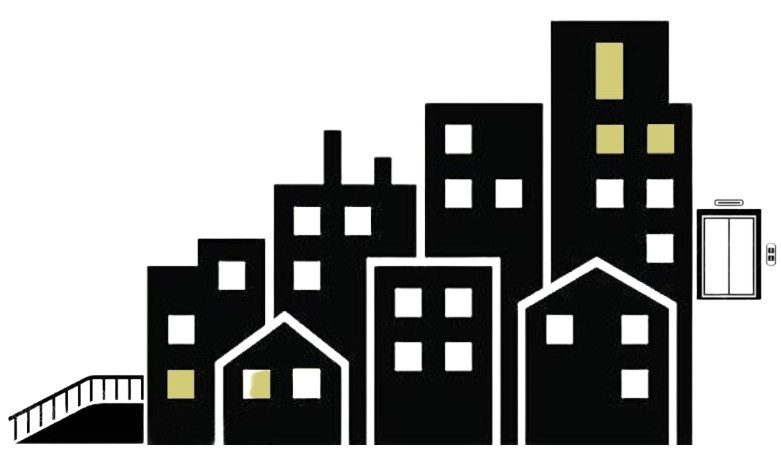The last few years have impacted people in different ways… lives lost, the worsening of existing health conditions or new medical challenges, job losses and business closures.
We may now be over the worst of the pandemic but we’re facing other major issues…long covid, cost of living crisis, high fuel bills and a shortage of affordable homes remain critical, especially for those with disability.
So today, I’m talking about the Purple pound. What it is, where it comes from what it signifies and how learning about it carries huge benefits for everyone.
You may or may not know that there are a number of movements within the country that have adopted a colour.
In the UK, we have the grey or sometimes called the silver pound that refers to the disposable income of people over the age of 55.
The pink pound is associated with the spending power of the LGBTQ community.
Sometimes, colours are connected to politics… Labour talks about the red pound with reference to the blood of workers.
There is some history and many beliefs about how or why people, organizations and movements adopted the colour purple.
In 2010 for example, Franken wrote an article about Broken Britain-often mentioning the colour purple, subsequent protests, reports and blogs went on to adopt purple in their messaging, Phillip Connelly from Disability Rights UK has mentioned purple in many of his workshops and over the pond as it were, US service men and women are awarded the Purple Heart military medal.
So back here in Great Britain, the Purple pound is about recognizing the spending power of disabled people in the UK.
Through surveys and studies, this country recognizes that 1 in 5 consumers have a disability but a lack of understanding and acknowledgment of these figures means that businesses collectively can lose up to 2 billion pounds a month in turnover.
We’re now clearly living in the digital era-yet 16 billion pounds is reported as the loss to businesses that still have inaccessible or inadequate websites for individuals with disability to visit and spend their purple pound.
A Lack of training and understanding what an individual with disability needs when they visit shops, office or particular services adds up to 263 million pounds a year loss. It’s interesting that almost 40% of this loss (163 million pounds) is apportioned to shops, restaurants and clubs.
It’s worth pointing out that disabled people within their own families and friends can quickly become influencers
They’ll talk with their friends, family and others in a similar position about the good and bad experiences they’ve had while out and about.
We know that when families and friends of those with disability are planning activities, occasions or events their mind will more often be directed to those places and businesses that have the right things in place to meet additional needs.
So, today as I’ve done many times before, I headed out to my local high street on my foldaway scooter-this time, really observing the businesses that I could access and those that had inadequate setup OR worst still- no disability access in place at all.
Disability awareness is not just about having a ramp to access a building but thinking about and creating the best possible access onto premises really is the right start and a standard requirement that some business still largely ignore.
So I wanted to draw attention to some of the businesses on my local high street that are failing to provide basic ease to access their premises.
These shops and businesses whether intentionally or unintentionally discriminate against the disabled and in doing so are not operating to their fullest potential. Considering the challenges affecting high streets, many businesses need to do more to recognize the immense value of the purple pound.
On a positive note, I also believe that it’s really important to let businesses know when you feel they’re doing things right, things that have enhanced your experience while visiting them because whether you are a business or someone managing disability (in this case mobility challenges), your input is valuable and can really make a difference to our society, how we live, what we’re able to do and to our economy.
